DOROTHY HOOD (1918-2000)
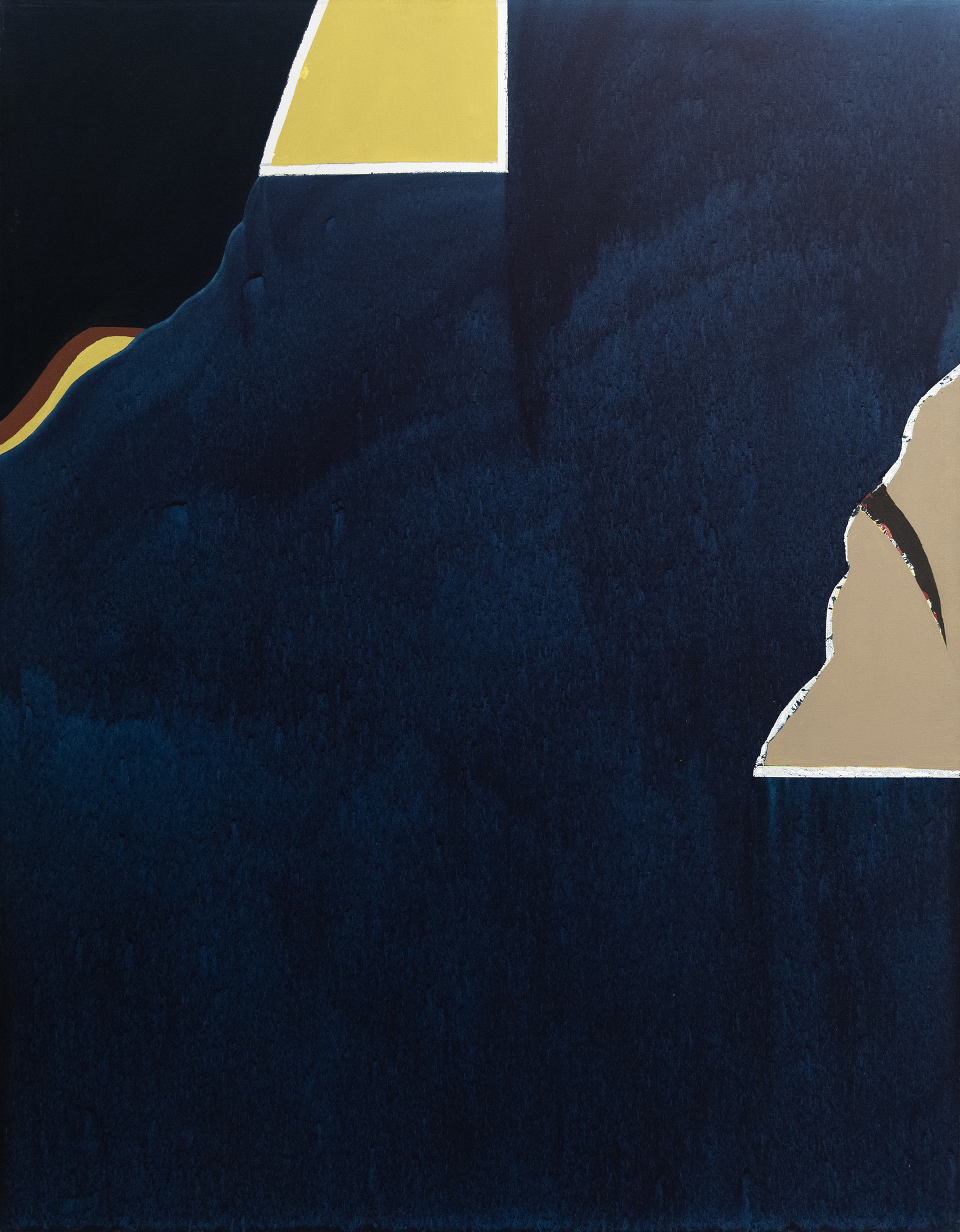
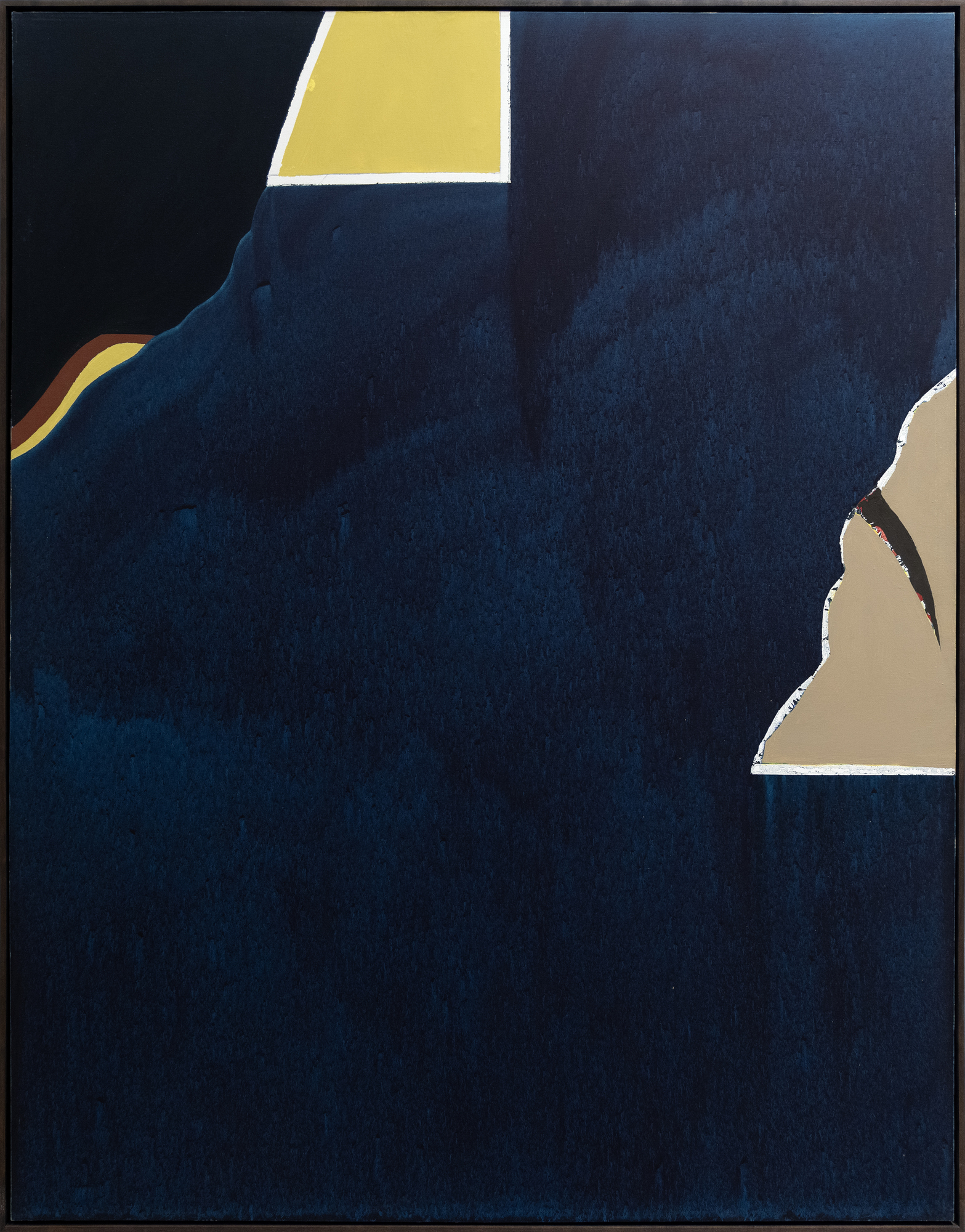
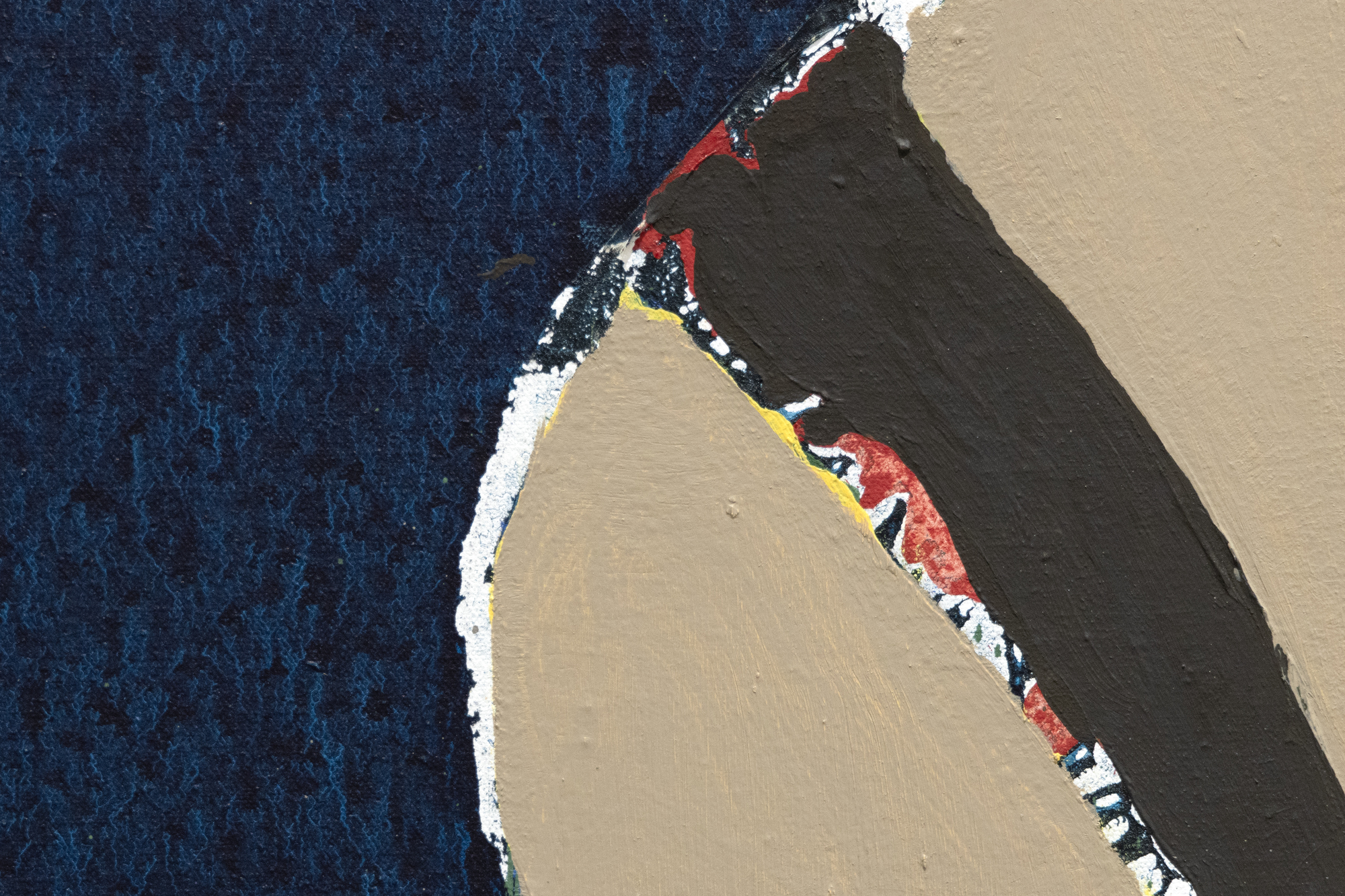
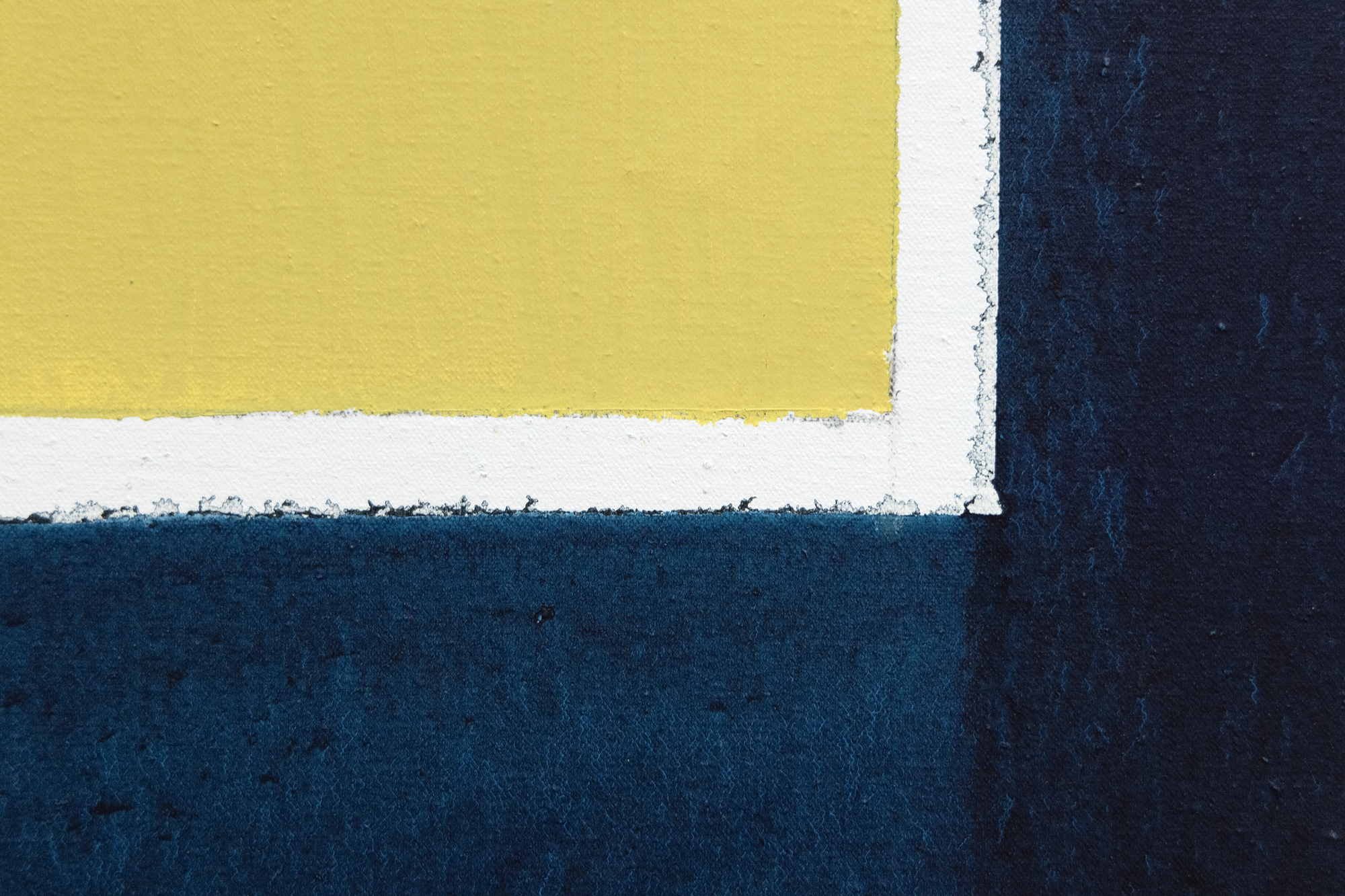
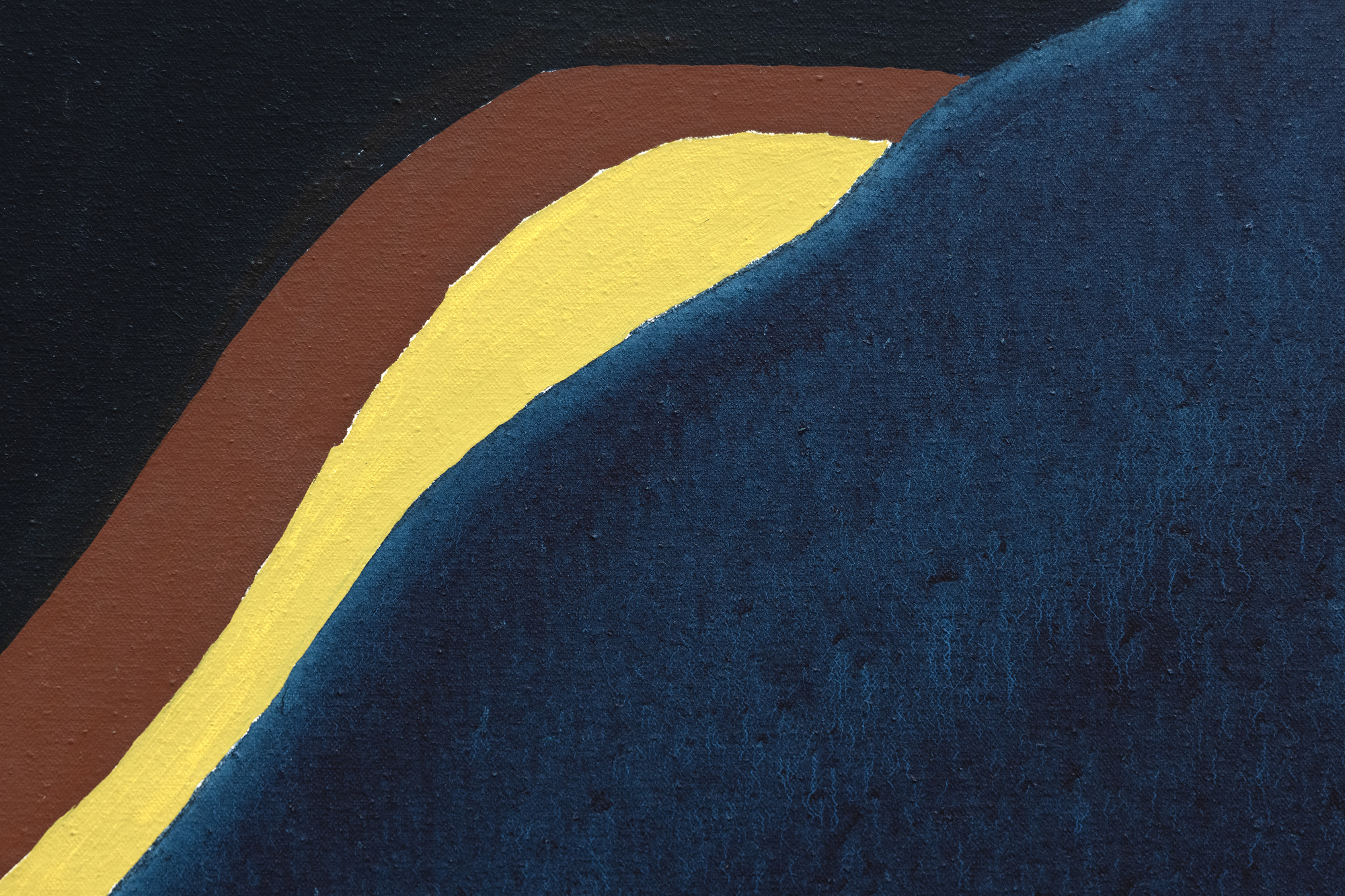
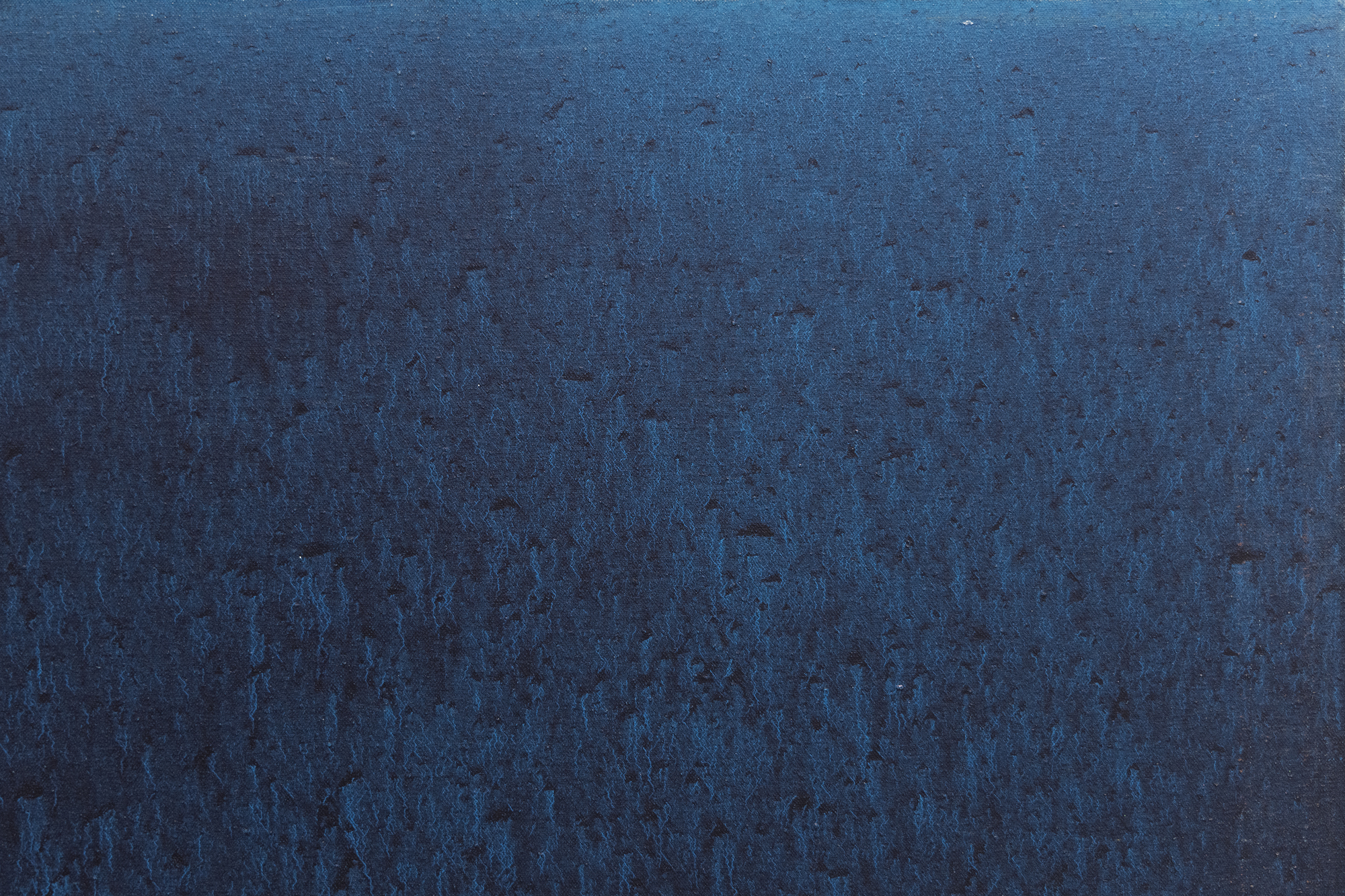
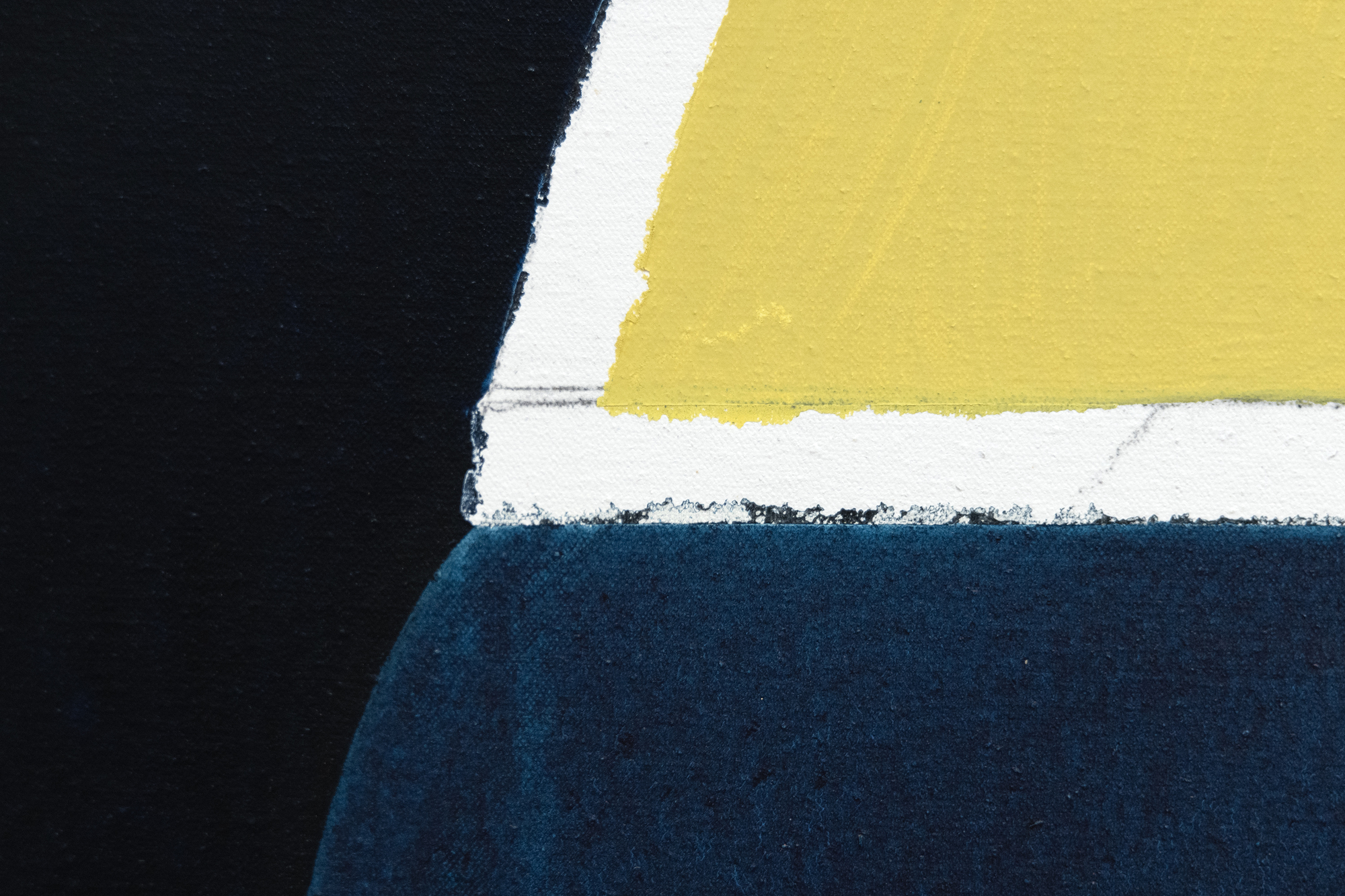
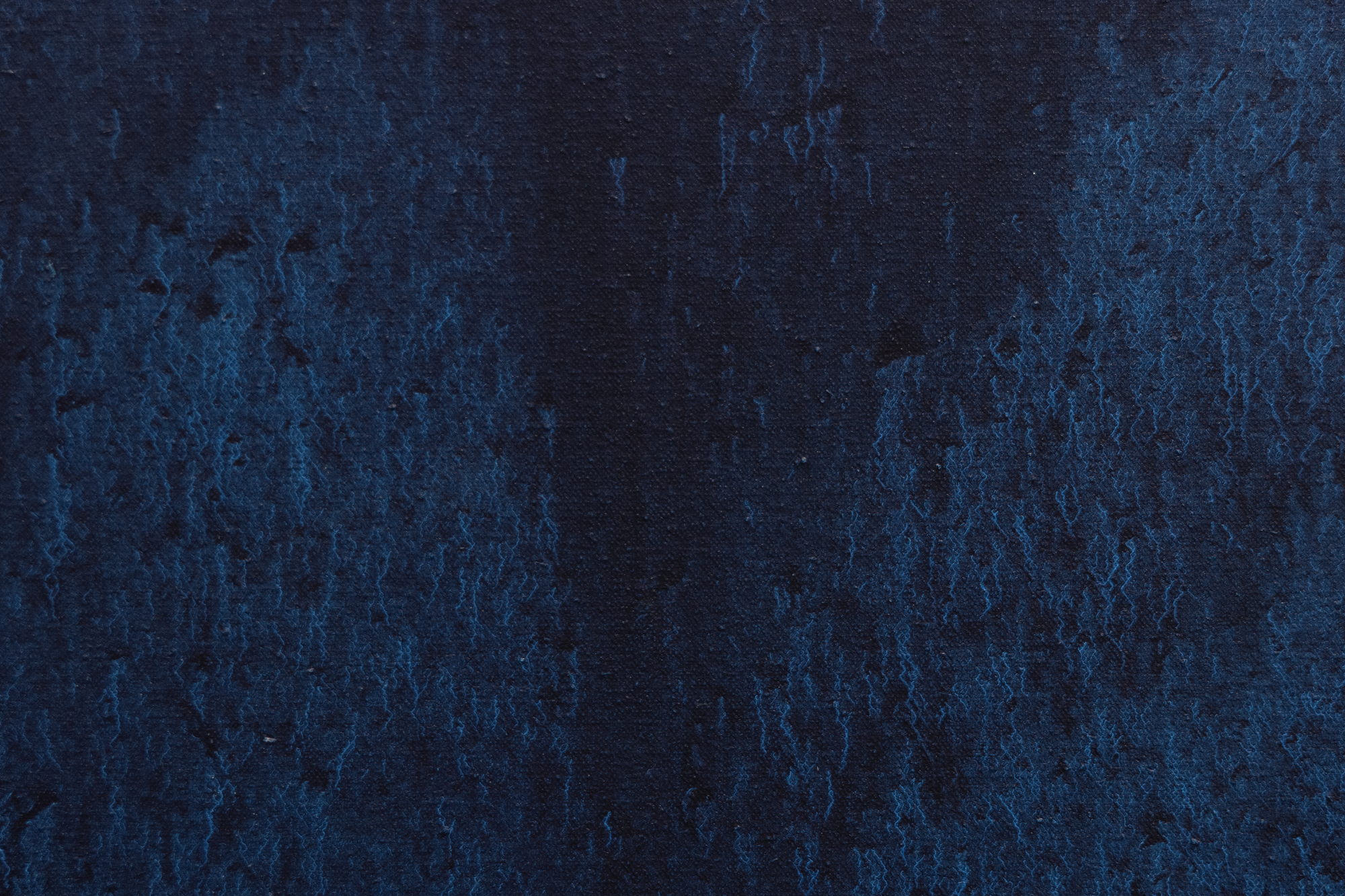
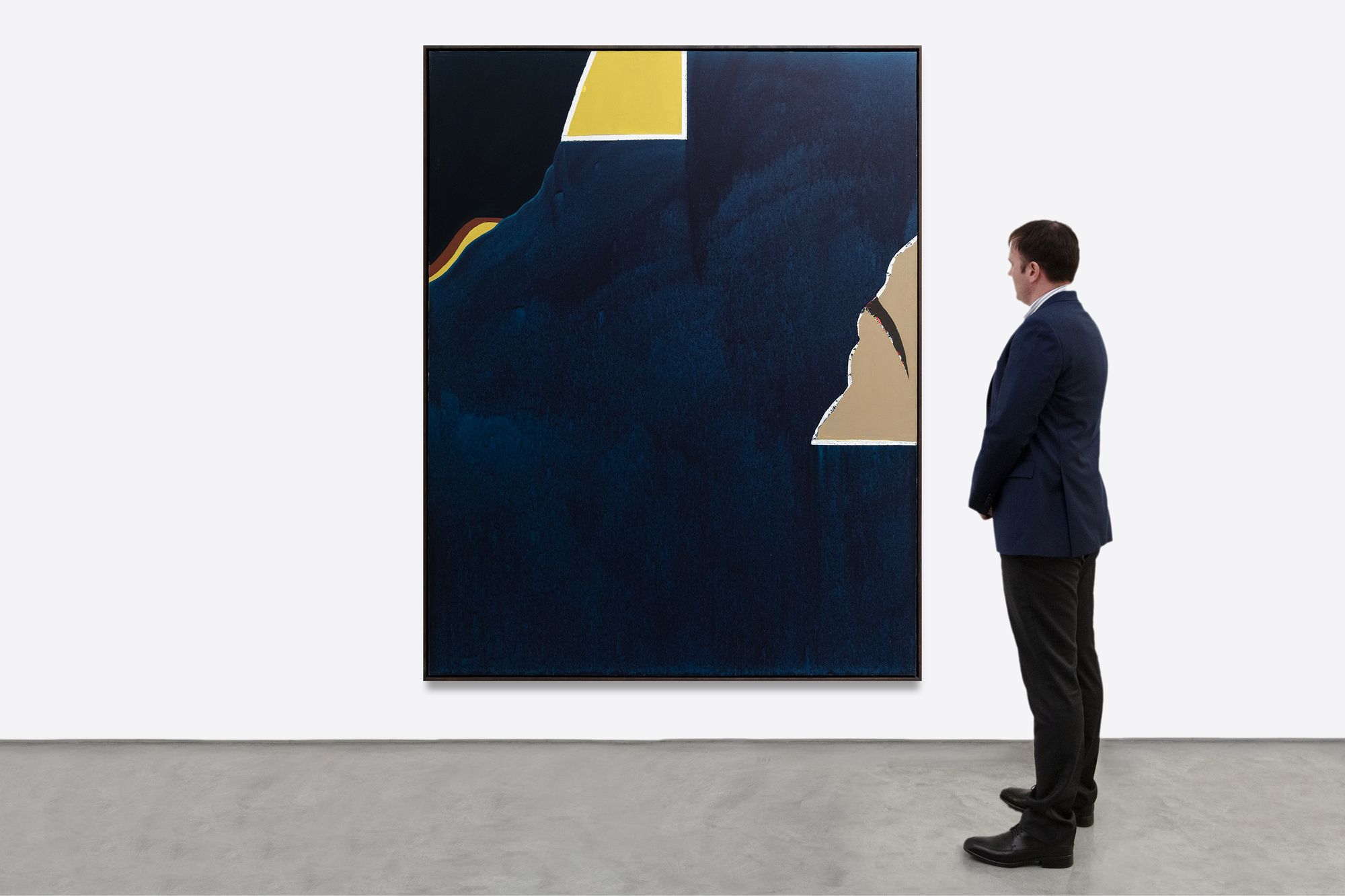
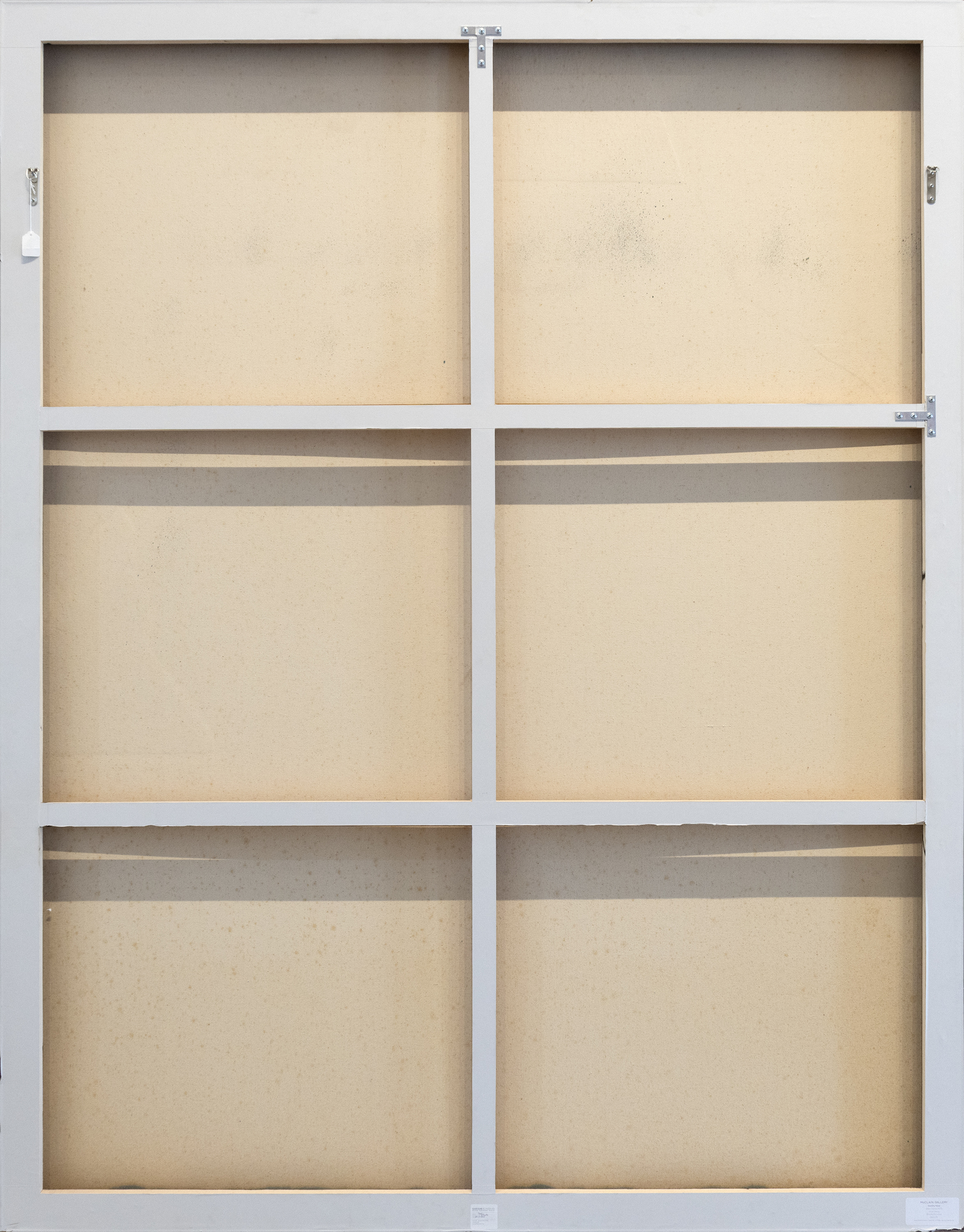
Provenance
Dorothy Hood EstateDorothy Hood Estate Holdings, Art Museum of South Texas Corpus Christi, Texas, acquired from the above, 2001
McClain Gallery, Houston, Texas
Exhibition
Houston, Texas, McClain Gallery, Dorothy Hood: Illuminated Earth, October 12 -December 21, 2019New York, Sargent's Daughters, how lovely the ruins, how ruined the lovely, May 20–June 19, 2021
Texas, Dallas Art Fair 2023: McClain Gallery Booth, April 20 - April 23, 2023
92,000


